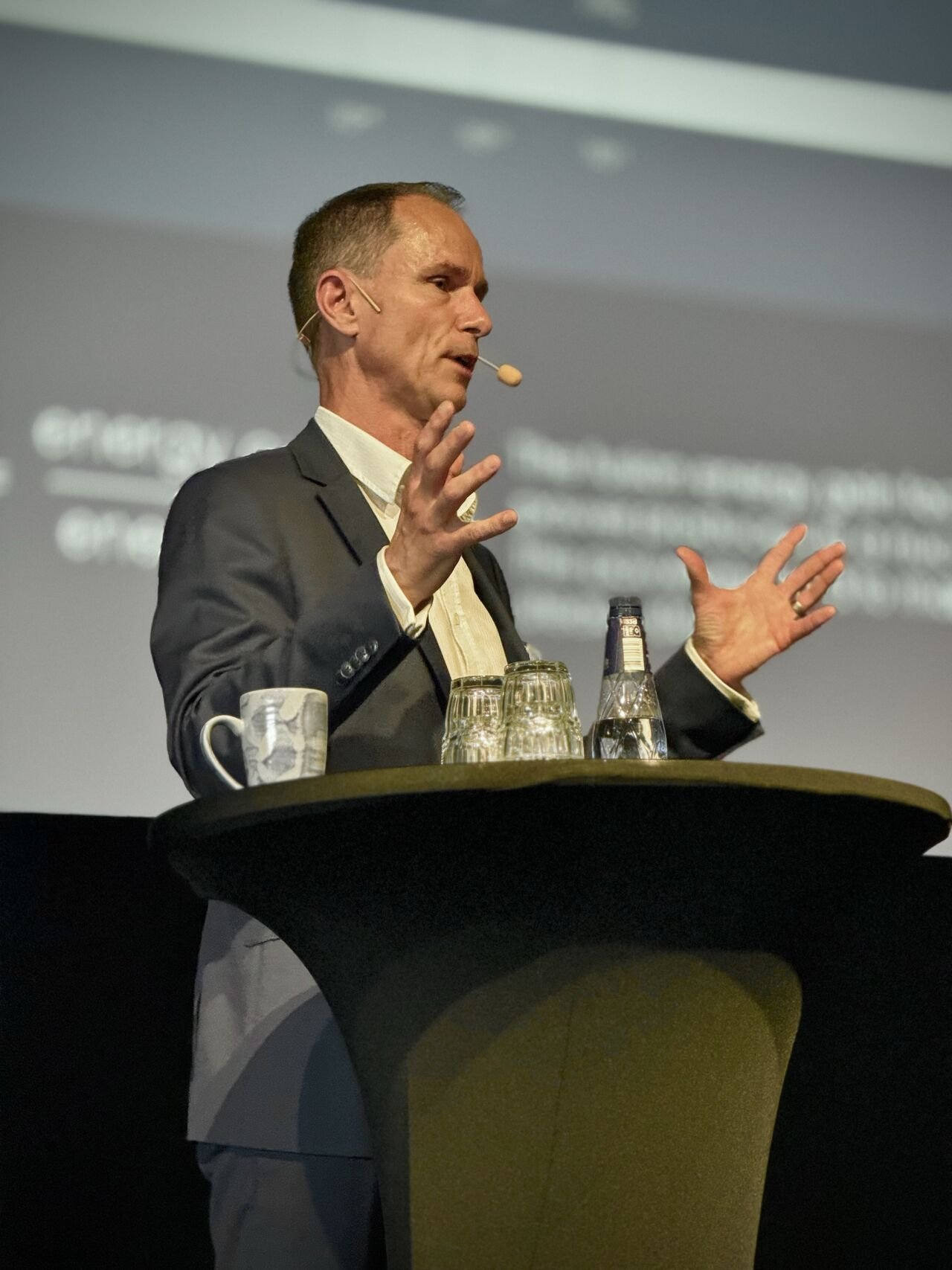Swedish Energy Day returns with Novatron Fusion Group leading future power system talks
Swedish Energy Day returned this week for the first time in five years, with Novatron Fusion Group leading discussions on the future power system in Sweden and across the Nordics.
Organised by the Montel Group, and hosted by the Hilton Stockholm, the scene was initially set with discussions around the impacts of global economics on the energy landscape, followed by price drivers in the 2024 energy market and the functioning of the financial electricity market through zonal futures and market coupling. Other notable topics covered the economics of green steel in Sweden, the viability of baseload PPAs for wind power, and the potential impacts of batteries on energy prices.
Novaton Fusion Group CEO Peter Roos contributed during the afternoon presenting "The future for fusion power in Sweden - dream or reality?" as the program shifted to more future-oriented topics, including prerequisites for new nuclear power developments and if Sweden can achieve its 30 TWh solar power goal by 2030.
Further dialogue was shared on the use of artificial intelligence in electricity markets, as well as the pros and cons of flow-based market coupling.
The event came as engineers at Novatron Fusion Group recently completed a complex multi-system integration project to create plasma, marking a Scandinavian first and raising ambitions for the Nordics’ fusion energy sector. The result was delivered on the first attempt via the firm's X0 experimental test rig at the KTH Royal Institute of Technology in Sweden. It marks a rapid ascent for Novatron Fusion Group which celebrated its one-year anniversary in December 2023, and plans to launch its first official test facility - the N1 by summer 2024.
Fusion power offers a flexible, large-scale, dispatchable source of clean, safe, and virtually limitless energy. Estimates suggest more than 15 billion tons of CO2 emissions could be saved annually if all coal-fired power plants in the world were replaced with fusion power plants. Looking further to the future, fusion energy could become pervasive and cheap allowing entirely new industries to emerge.
"We are currently building the NOVATRON 1, a prototype machine," said Peter. "With that in place, we will start experiments to validate the stable confinement of our hydrogen plasma, essentially proving that our solution doesn't have the instabilities that the other magnetic confinement concepts have. In parallel, we are perfecting the conceptual design of the NOVATRON 2, which will form part of the systems that are needed for building a fusion power plant. All this is taking place over the next year. Establishing a first of a kind technology takes time, but we have decades of research and the support of investors behind us, meaning that with enough support from governments, academia and industry, commerciality is as close as 2040."
Fellow panellists on the 'Future Power Systems' panel discussion included Jesper Marklund, Manager New Nuclear Development Sweden, Fortum Sweden AB and Oskar Öhrman, CTO, Svensk Solenergi.


